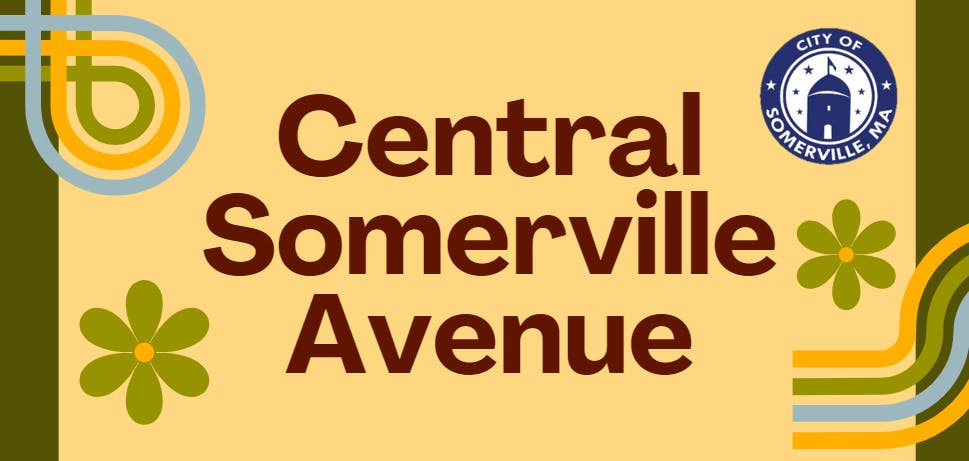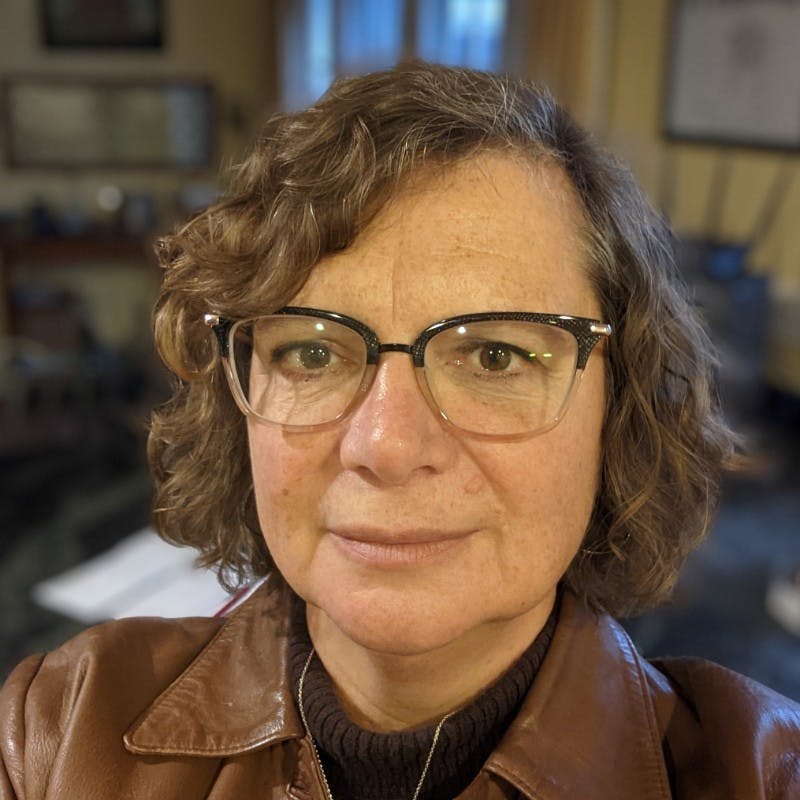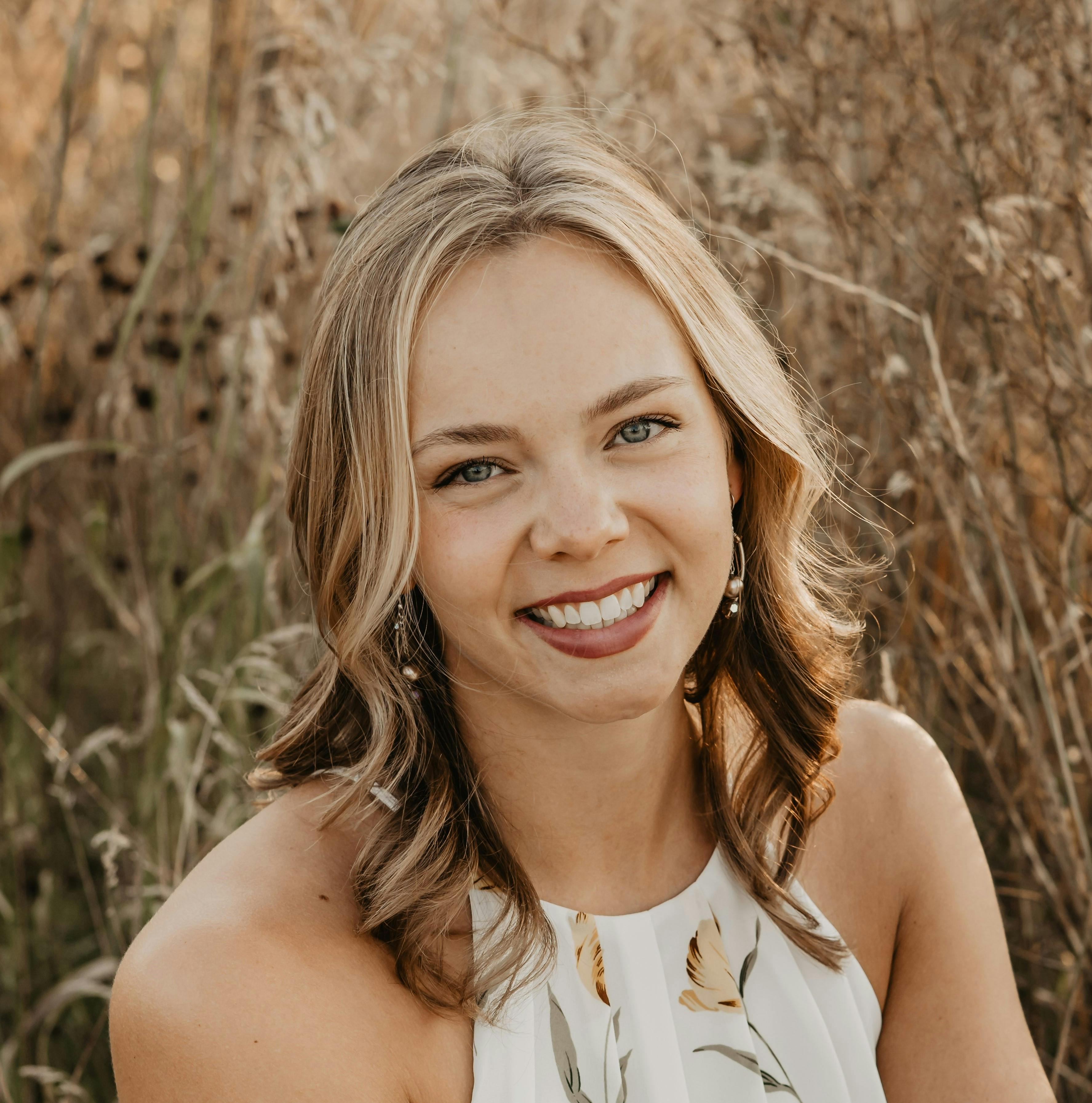Central Somerville Avenue
(formerly the Ames Envelope Complex)
 Summary:
Summary:
The Mayor's Office of Strategic Planning & Community Development is working to preserve and grow the artist/maker and climatetech industries. To achieve this, we are proposing a Five Point Plan, including clarifying zoning language, creating a research & development district, updating the SomerVision map, creating an Urban Design Framework, and writing a zoning overlay district. These efforts aim to balance economic growth with preserving spaces for artists while protecting historical assets and promoting sustainable development. The community is invited to participate in a series of meetings and workshops to provide input and shape the final plans.
Public Meeting Series
- Kick-Off Meeting
- Monday, October 28, 6 - 8 PM
- Presentation
- Meeting recording
- Topic Workshop - Buildings
- Monday, November 4, 9 AM - 12:15 PM
- Meeting recording
- Topic Workshop - Land Use
- Monday, November 4, 1:30 - 4 PM
- Meeting recording
- Topic Summary Meeting - Buildings and Land Use
- Monday, November 4, 6 - 7 PM
- Presentation
- Meeting recording
- Topic Workshop - Civic Space
- Tuesday, November 12, 9 AM - 12:15 PM
- Meeting recording
- Topic Workshop - Mobility
- Tuesday, November 12, 1:30 - 4 PM
- Meeting recording
- Topic Summary Meeting - Civic Space and Mobility
- Tuesday, November 12, 6 - 7 PM
- Meeting recording
- Topic Workshop - Infrastructure
- Monday, November 18, 9 AM - 12:15 PM
- Deliverable Topics PDF
- Meeting recording
- Topic Workshop - Zoning
- Monday, November 18, 1:30 - 4 PM
- in person and Zoom
- Upstairs at Bow
- Topic Summary Meeting - Infrastructure and Zoning
- Monday, November 18, 6 - 7 PM
- in person and Zoom
- Upstairs at Bow
- Wrap-Up and Presentation of Drafts
- RESCHEDULED: Monday, December 16, 6 - 8 PM
- in person and Zoom
- Somernova
The City of Somerville can provide you with an interpreter in your language for free. To request an interpreter, please contact us at somervillema.gov/ContactSomerviva or call 311 (617-666-3311) at least 7 days in advance of this event. Persons with disabilities who need auxiliary aids or reasonable modifications should please contact Adrienne Pomeroy in advance at 617-625-6600 x 2059 or ADA@somervillema.gov.
More information:
The Mayor’s Office of Strategic Planning & Community Development (OSPCD) has been studying ways to strengthen two of our most valuable industry clusters: artists/makers and climatetech. With the zoning overhaul in 2019, the Fabrication District zoning was created to ensure that older, formerly industrial buildings and spaces (teaming with artists, makers, and climatetech innovators) could avoid being redeveloped into luxury housing or laboratory buildings, allowing our valuable industry clusters to grow. This tool is innovative but isn't perfect and we have learned some lessons since the release of the MAPC Somerville Arts Space Risk Assessment in 2021.
At sites in the Central Somerville Avenue Area, the climatetech industry is growing fast and may have the unintended consequence of crowding out the artists/maker industry. The owners of the Ames Complex (now known as SomerNova) suggested a solution: rezone their property and surrounding properties to allow bigger and taller buildings that would accommodate growing climatetech firms but also reserve spaces for artists/makers. The owners have been working with community stakeholders over the past few years to try to strike the right balance between business growth, while preserving spaces for artists. We think that the landowners, the neighborhood stakeholders, and the city are close to striking the right balance about the size and scale of new development and are working to do this in a way that also can provide more protection for artists/makers city-wide.
These are complicated and interwoven issues so these concerns cannot be addressed with one solution.
Therefore, we have a Five Point Plan:
Clarify zoning language addressing arts and office/laboratory uses.
Draft a research & development zoning district for start-ups and incubators.
Update the SomerVision map to accommodate potential redevelopment areas.
Create an Urban Design Framework to guide future development.
Write a zoning overlay district to allow for expansion of the research & development uses.
Step one is to address definitions in the zoning ordinance related to the Arts & Creative Enterprise (ACE) uses and some Commercial uses – specifically Laboratory (Lab). The Somerville Arts Council and Somerville artists have helped Planning, Preservation, & Zoning (PPZ) craft this language for the City Council. The amendments are intended to clarify distinction between shared artistic studios and co-working office spaces, as one example. These zoning amendments have been submitted and can be found at ACE and Labs.
The second step is to create a research & development district around the innovative businesses and start-up companies at the Greentown Labs complex and The Engine. Mayor Ballantyne has stressed how important the climatetech companies are for the city moving forward. Clean green energy is considered critical for mitigating some of the impacts of climate change and a large part of how we can achieve our goals of SomerVision and Climate Forward. This work is underway with a working group of stakeholders in the Central Somerville Avenue Area and will be submitted to the City Council for review shortly.
These first two steps, once approved, will have the effect of splitting up the Fabrication zoning district into two distinct districts: an improved Fabrication district that more strongly supports the growth of artists and makers, and a new research & development district that facilitates the growth of the climatetech industry.
Steps 3, 4, & 5 are where we need your help.
Along with the important businesses mentioned, the study area is home to historical assets, formerly American Tubeworks and Ames Envelope, which should be protected as buildings that can be adaptively re-used. We need to come together to ensure that any development meets the goals of the city as stated in the comprehensive plan, is contextual and appropriate to the surrounding neighborhood, and is supportive of the occupants or tenants of those spaces. That may sound slightly intimidating as a work effort, but we are planning a series of meetings and workshops to study this together.
The evening of Monday October 28th will be the kick-off meeting to make sure we all understand the base information and the terminology that can sometimes be technical as we discuss zoning and land use regulations. We’ll discuss the reasons the text amendments around the ACE and Lab uses were necessary, walk-through the draft language together, and discuss the elements of a research & development district. There will be plenty of time for questions and discussion.
In early November, we will host a few topic-based workshops. These will be hands-on dig-into-the-details discussions so we can hopefully reach consensus on the elements required to craft an overlay zone. While we’re refining the details and logistics, the topics are anticipated to cover civic space, buildings, land use, infrastructure, and zoning issues. Not everyone needs to be there the entire time as there will be a schedule of the specialized topic conversations so the right people can be at the table to discuss a particular issue. Anyone who can attend all the sessions is encouraged and welcomed.
Then at the beginning of December there will be a meeting to review the draft documents that were generated in the workshops. This one will likely a bit tedious for those who don’t enjoy the technicality of zoning writing, but we’ll make as fun as possible so we encourage all who have interest in the area and/or have participated in the workshops to come and see the outcomes of the hard work and provide additional comments for final refinements.
Even after this series of meetings is over, there will still be opportunity to participate and provide input as the documents are before the City Council and the Planning Board for adoption.
We will be posting information on this page regularly as the logistics and details for these events are resolved. The meetings will hybrid for remote and in-person participation, the meetings will also be recorded and shared for those who are interested but may not be able to attend, and the draft documents will be uploaded as the work progresses. Please check back frequently for the latest information. We look forward to working together.
FAQs:
Answers are being posted to questions on a rolling basis. Please check back later if your questions has not yet been answered. Email more questions to planning@somervillema.gov!
Zoning District Questions
Some zoning districts require 5% of any newly constructed building’s commercial floor space to be provided to uses from the Arts & Creative Enterprise use categories. Is the 5% requirement enough and should it be increased?
Looking at citywide changes to the zoning laws require careful study how the change would affect not only what is allowed to be built in every district, but also how it impacts all of our other asks that meet city needs like arts space, affordable housing, jobs trust, etc. By focusing on a particular area like Central Somerville Avenue and creating a set of special incentives for building there based on community needs, we can be intentional to reduce the potential negative side effects of new construction as much as possible.
We’re studying other strategies to increase the amount and quality of Arts & Creative Enterprise uses or “ACE” spaces.
Can requirement for a CBA be put into zoning or does that live in a covenant?
Community benefits agreements are private contracts between a community stakeholder group (such as the Union Square Neighborhood Council) and a developer. These agreements identify benefits that a developer will provide to the community beyond whatever is required by local regulation or permitting, in return for the community's public support of the project.
A zoning ordinance cannot require two private parties to enter into any kind of contractual agreement as part of regulating or permitting someone’s property rights.
Community benefits agreements are normally associated with master planned development or larger scale or multi-building development projects, rather than zoning ordinance proposals.
Are there any zoning districts that permit both Residential and Research & Development uses?
Yes, the Somerville Zoning Ordinance currently permits uses from the Residential Housing and Research & Development or Laboratory use categories in the Mid Rise 3, Mid-Rise 4, Mid-Rise 5, Mid-Rise 6, and High-Rise zoning districts.
Building Questions
What are the spatial needs of uses in SomerNova, Greentown Labs, or MIT Engine compared to those located in Boynton Yards, Assembly Square, or Kendall Square.
Why can’t all the tough tech and climate tech businesses locate in the vacant commercial buildings recently completed in Union Square, Boynton Yards, or Assembly Square?
Can window glazing be regulated in zoning to address bird collisions?
Massachusetts General Law Section 40A, the Zoning Act, prohibits zoning ordinances from regulating the materials or methods of building construction otherwise regulated by the State Building Code. This restriction would prohibit the Somerville Zoning Ordinance from requiring a specific type of window glass to reduce the potential for bird strikes. This issue is better addressed through design review or community benefits negotiations.
So far in our commercial spaces, there is very little vertical green space. Vertical green space can improve our health dramatically. Can we zone for vertical green space as part of the building infrastructure?
Land Use Questions
How much ACE space is there and how is it occupied?
The SomerNova campus currently includes about 35,500 square feet of space occupied by Arts & Creative Enterprise uses. Rafi Properties provided the following estimates broken down by specific ACE use:
- Artisanal Production: ~15,000
- Art Studios: ~2,500
- Arts Exhibition: ~5,000
- Design Studios: ~13,000
We are researching the current square footage of other uses of the SomerNova campus and will publish those numbers in the near future.
Greentown Labs currently includes an estimated 132 start-ups, broken down below by use category (if they were stand-alone businesses):
- Business Incubators: 1 (0.7%)
- Scientific R&D: 107 (81.1%)
- General Office: 24 (18.2%)
MIT Engine currently includes 213 stat-ups, broken down below by use category (if they were stand-alone businesses):
- Business Incubators: 1 (0.5%)
- Scientific R&D: 151 (70.9%)
- General Office: 61 (28.6%)
Is there a database of existing ACE uses? If not, can we conduct a census?
How do the proposed changes to the ACE categories implement the recommendations of the Arts Space Risk Assessment?
Is the property right to continue a non-conforming use retained when a building is demolished?
Policy Questions
Did the City of Somerville provide any support to Greentown Labs?
In 2013, the City of Somerville provided Greentown Labs with a $300,000 loan to support their working capital needs as they moved from Boston to Somerville.
Did the City of Somerville provide any support to Artisans Asylum?
The City worked closely with the leadership of Artisans Asylum as they explored real estate options. We helped them identify new spaces in Somerville and introduced them to several Somerville landlords, developers, and investors interested in leasing or building spaces for Artisans. We also discussed ways that the City could support Artisans during a potential move, much like the City did with Greentown Labs when they moved to Somerville in 2013.
The City continues to work with Artisans to this day. Artisans manages FabVille, the public makerspace located at Somerville High School.
Have you talked to the MBTA about their willingness to increase bus frequency?
SomerNova Questions
How many non-conforming uses are in SomerNova currently and what is the square footage?
We haven’t done a deep dive in outdoor civic space land use. Can we see a rendering where we are going taller to allow for more outdoor space?
Si necesita ayuda en su idioma, comuníquese con nosotros a través de somervillema.gov/ContactSomerviva o llame al 311 (617-666-3311)
Caso precise de assistência em seu idioma, entre em contato conosco por meio deste formulário online: somervillema.gov/ContactSomerviva ou ligue para 311 (617-666-3311)
Si ou bezwen asistans nan lang ou a, kontakte nou nan somervillema.gov/ContactSomerviva oswa rele 311 (617-666-3311)
यदि आफ्नो भाषामा सहायता चाहिन्छ भने कृपया सम्पर्क गर्नुहोस: www.somervillema.gov/ContactSomerviva गर्नुहोस् वा यो ३११ (६१७-६६६-३३११) / 311 (617-666-3311)
如果您需要語言方面的協助 請撥打 311 (617-666-3311) 或於somervillema.gov/ContactSomerviva 聯絡 彩薩默: 移民事務辦公室。
如果您需要语言方面的协助,请联系 (somervillema.gov/ContactSomerViva)或者请拨打 311(617-666-3311)。





